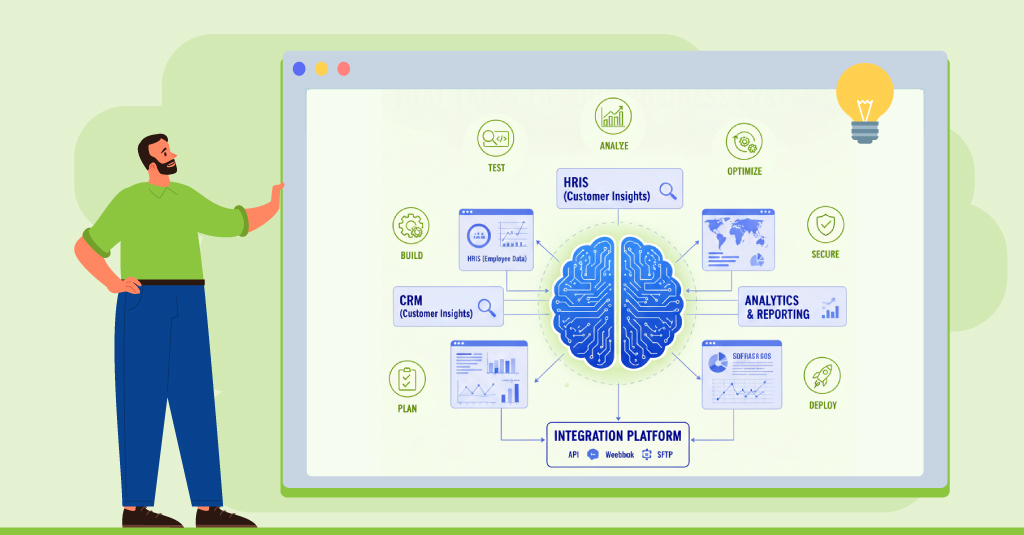When it comes to Deeper Learning, there’s more to it than just the cognitive. It turns out that ‘emotion’ does make a difference. If we want to pay attention to this area, we have to understand it and then design for it.
Now, the term ‘emotion’ is a shorthand. In cognitive science, we talk about – in addition to the cognitive – the affective and conative parts of ourselves. The affective refers to, essentially, our personality. While this is important, it’s also relatively ‘fixed’, in that our inherent characteristics are presumed to be stable, at least by adulthood. To be clear, I’m talking about scientifically valid assessments of personality, such as the Big 5 or HEXACO. Consider yourself warned about other, for-profit, instruments!
The third element, conative, however, is important and different. Here, we’re talking about intention, whether to perform or learn. We can be committed, or not. The elements here tend to be characterized as motivation, anxiety, and confidence. While these are not, technically, emotions, the term helps differentiate them from the cognitive aspects of learning, and is easier to communicate. Hence, the label ‘emotion’. Each has its characteristics.
Motivation both engages learners initially, and maintains persistence. Of course, we have to build and maintain motivation for learning to be optimally effective. Few people learn best when they don’t have a vested interest in learning. Two major ways of thinking about motivation help, What’s In It For Me (WIIFM), and Self-Determination Theory.
I posit that the initial hook comes from learners recognizing the personal value of the learning to them. That is, they have to see that it’s relevant to their interests and their goals. In other words, it’s the WIIFM. I suggest that we can make this manifest to learners by helping them viscerally understand the positive consequences of having the knowledge or the negative consequences of its absence. If we’ve determined good performance objectives, through our analysis, the outcome should be valuable. We just have to help learners see it. That’s what an introduction is for, and I suggest opening up learners to learning should come even before activating relevant knowledge (another introduction task). I also believe that if we open up the emotional aspect of the learning experience with the introduction, we should finalize that trajectory in closing the experience.
Second, there’s the Self-Determination Theory of Deci & Ryan. Simplistically, this theory posits that motivation is comprised of autonomy to pursue interests, mastery of skills and support to achieve success, and relatedness to others who care about the individual and their goal. Tapping into these elements is an important component of maintaining interest. We provide an appropriate level of challenge in the practice, which builds the learners’ mastery (which we should communicate). They should have committed to the learning from the introduction, which is autonomy (it should be an option to participate, this suggests, or at least a choice). Finally, that the design explicitly cares about the learner experience demonstrates a concern for the learners’ progress, which helps establish relatedness.
An element that can interfere with successful learning is anxiety. I’ll suggest you won’t do your best learning if you’re really anxious about the experience. An important mechanism is establishing ‘safety’, in that it’s okay to ask questions and make mistakes. Providing practice before it’s measured is one way, another is for the ‘instructor’ (even in asynchronous learning) to make or share mistakes. Also, using an informal tone helps, and even some idiosyncratic (but relevant) humor. We often don’t explicitly consider this element, and we should.
The other component is confidence. We don’t expect our learners to start out competent, nor should we expect they’re confident. Can we help them develop their confidence? An important metric should be that they’re confident enough at the end of the learning experience to at least give it a try after the experience. We also should be developing beyond that level, over time.
Given that these elements are non-cognitive, we can’t assume we’ll get them right from the beginning. We have good guidance, but we’ll want to make our best attempt and then test and tune. (A recurrent theme here.) We should set metrics for engagement as well as effectiveness. A colleague recently opined that engagement doesn’t matter, but I’ll suggest that if you’re on target with the goal of learning, managing the challenge and making it safe are useful contributions to optimizing the learning experience. We can’t do it if we don’t understand emotion, and consciously address it.
Emotion matters in learning. To me, it’s the difference between instructional design and learning experience design. Let me be clear, I’m not talking about making learning trivially fun. There are some who advocate that learning should be enjoyable, but there’s little evidence that this makes for effective outcomes. Similarly, there are others who argue learning should be onerous, that you can’t learn unless you struggle. Again, is it optimal? I like the term I’ve heard attributed to educator Seymour Papert: learning should be “hard fun”. That is, learning that has you cognitively and emotionally engaged, where it’s difficult enough to be challenging, but not so hard as to be frustrating.
There’s converging evidence that we should consider creating experiences. For instance, game designer Raph Koster’s A Theory of Fun that postulates that what makes games fun is learning. There’s also an alignment between Csikszentmihalyi’s Flow and Vygotsky’s Zone of Proximal Development that suggests what optimal learning is. In both cases, the optimal zone is between challenges that are so easy so as to be boring and so difficult as to be frustrating. The optimal flow and optimal learning both occur in this zone! In my own research (c.f. Engaging Learning), I posited an alignment between what makes engaging experience and what makes effective education practice.
So, using emotion properly is a component of Deeper Learning. We want learning to be a true experience. Learning can, and should be ‘hard fun’! Let’s design for it.

















